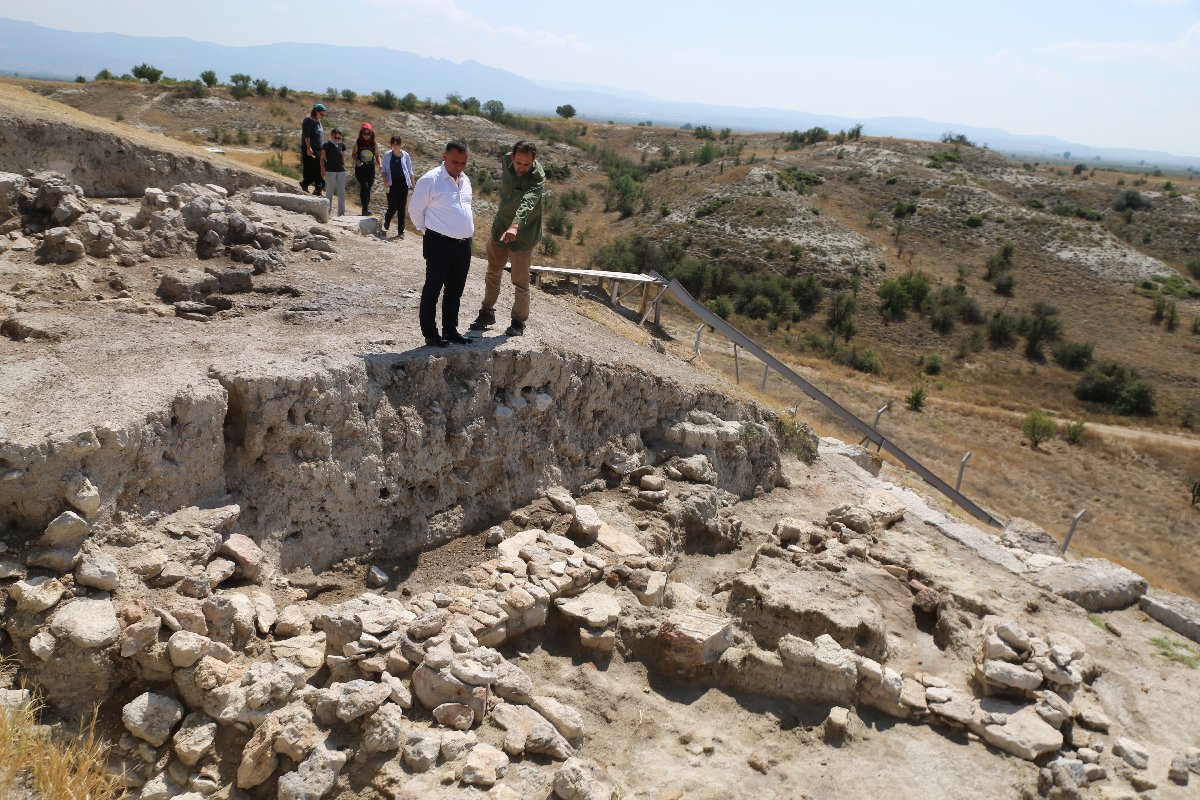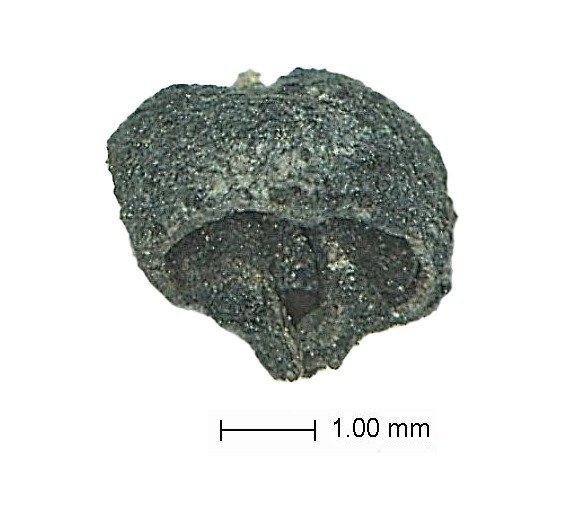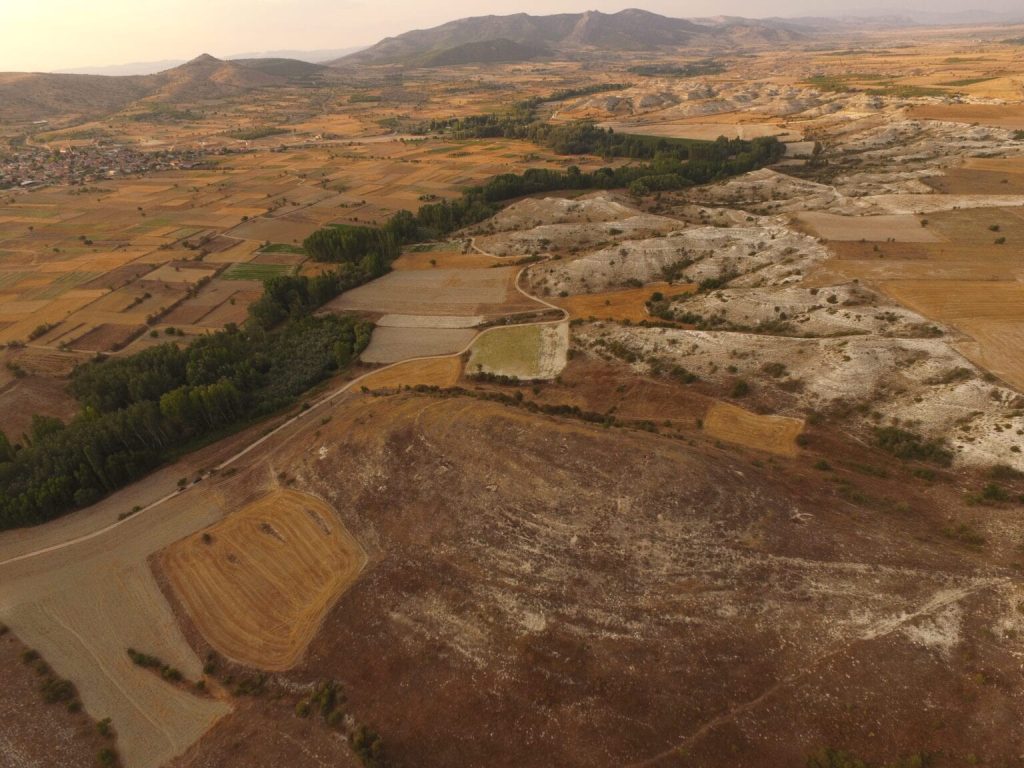
Archaeologists found 3,500-year-old grape seeds
In the Aşağıseyit Mound located in the Çal district of Denizli, archaeologists uncovered a 3,500-year-old grape seed.
The most surprising aspect of the discovery is that the grape seed is smaller than 1 millimeter.
The excavations at Aşağıseyit Mound, which have reached layers dating back to the Roman, Hellenistic, and Late Bronze Age periods, are being conducted under the supervision of Assoc. Prof. Dr. Erim Konakçı, the Head of the Department of Archaeology at İzmir Democracy University.
It is believed that the region encompassing Aşağıseyit Mound may have been a fortress or observation point with a small number of soldiers stationed there.
Two layers dating back to the Late Bronze Age, around the 15th and 16th centuries BCE, have been identified. Square-shaped structures, hearths, and ovens from this period were discovered.

During the excavations, experts found barley, wheat, einkorn wheat, and grape seeds dating back to the 1600s BCE in the layers attributed to the early stages of the Late Bronze Age.
Experts noted that in a region where wine grape production is still prevalent, the grape seeds discovered are smaller than one millimeter and only about one-third of them have survived to the present day.
The study on grape seeds and other archaeobotanical findings is being conducted by Dr. Doğa Karakaya, a faculty member at the University of Tübingen.
The excavation director, Erim Konakçı, provided information about the region, stating, “In the excavations, we determined that in the Hellenistic period, the settlement was surrounded by a defensive wall and system. We gathered data about both the living spaces and daily consumption habits of the people and soldiers who used this defense system. Regarding the Late Bronze Age, we identified two phases dating back to between 12th and 16th centuries BCE. We found structures, hearths, and ovens from these phases. This year, in addition to archaeozoological studies, we also started archaeobotanical research. In this research, we obtained information about seed types and plant species used in both the Hellenistic period and the Late Bronze Age. We acquired data indicating the consumption of barley and wheat. We found one grape seed, which also provided new information about grape consumption in this region in the 1500s BCE.”
You may also like
- A 1700-year-old statue of Pan unearthed during the excavations at Polyeuktos in İstanbul
- The granary was found in the ancient city of Sebaste, founded by the first Roman emperor Augustus
- Donalar Kale Kapı Rock Tomb or Donalar Rock Tomb
- Theater emerges as works continue in ancient city of Perinthos
- Urartian King Argishti’s bronze shield revealed the name of an unknown country
- The religious center of Lycia, the ancient city of Letoon
- Who were the Luwians?
- A new study brings a fresh perspective on the Anatolian origin of the Indo-European languages
- Perhaps the oldest thermal treatment center in the world, which has been in continuous use for 2000 years -Basilica Therma Roman Bath or King’s Daughter-
- The largest synagogue of the ancient world, located in the ancient city of Sardis, is being restored












Leave a Reply